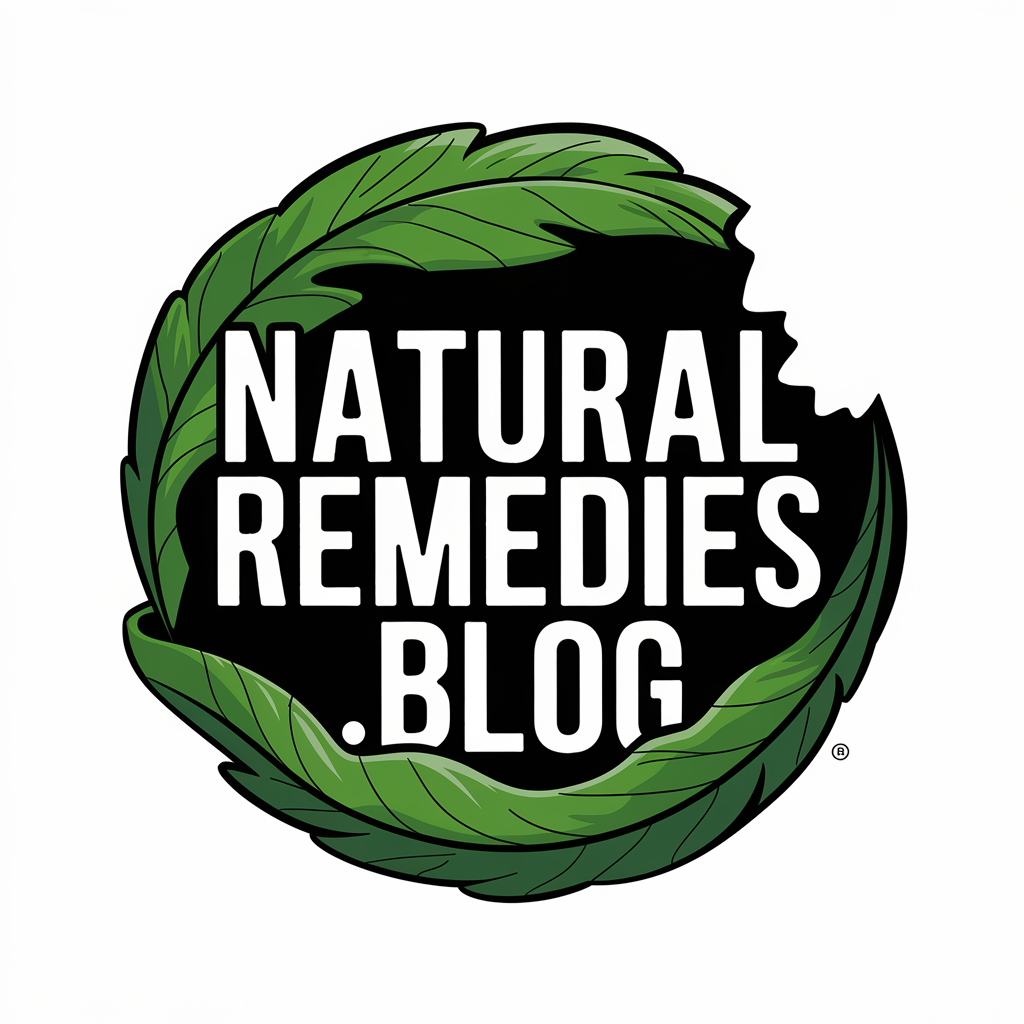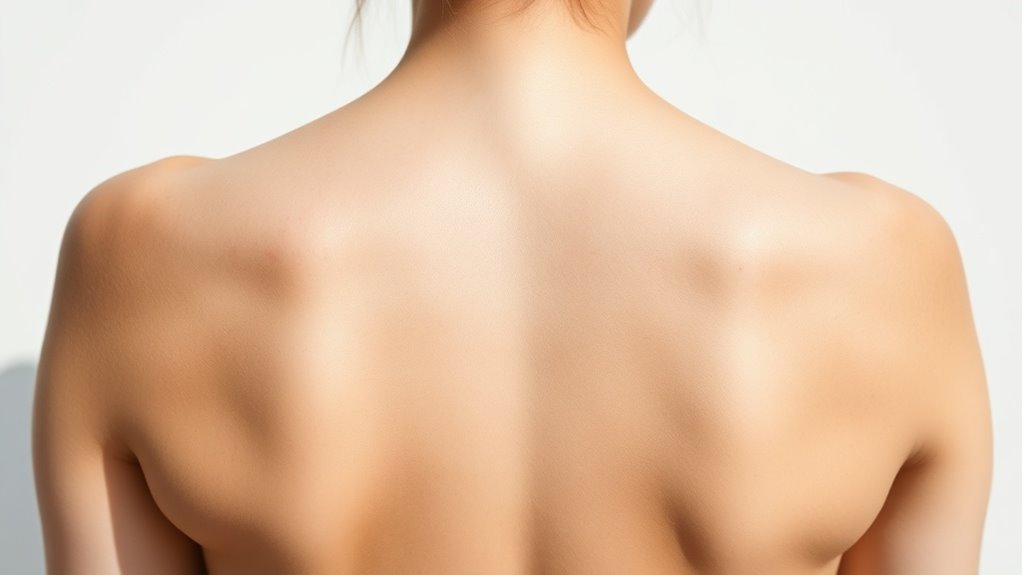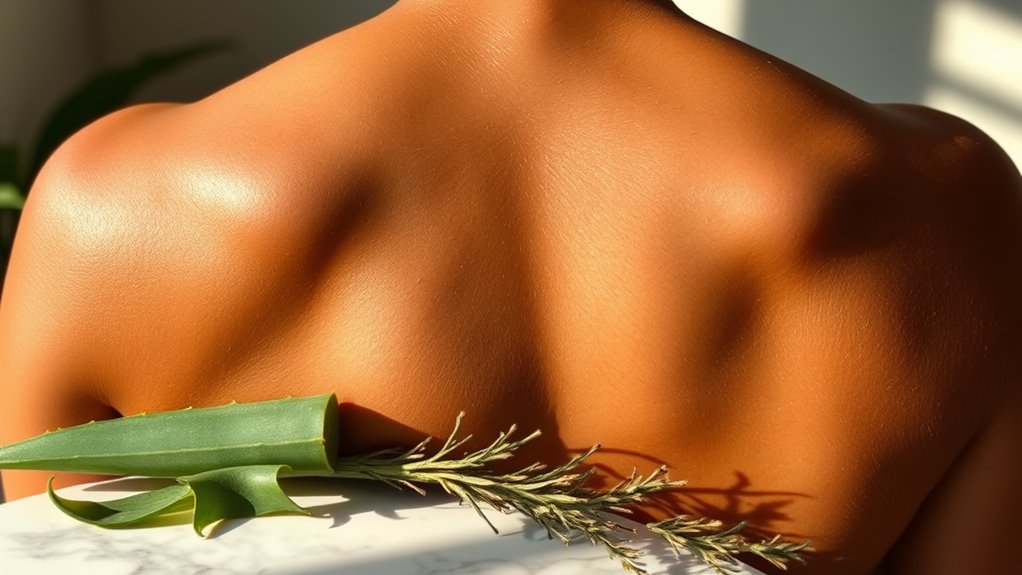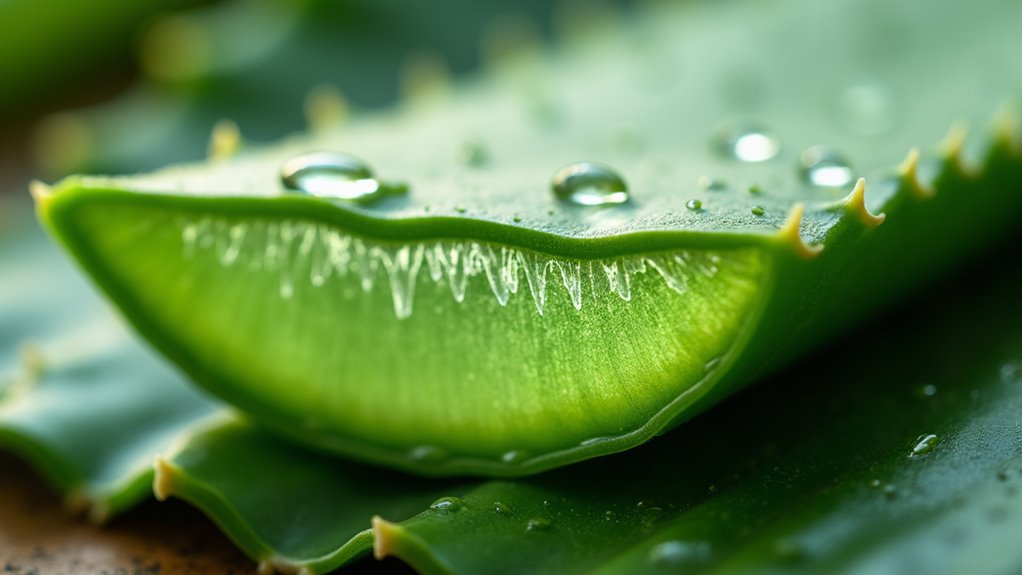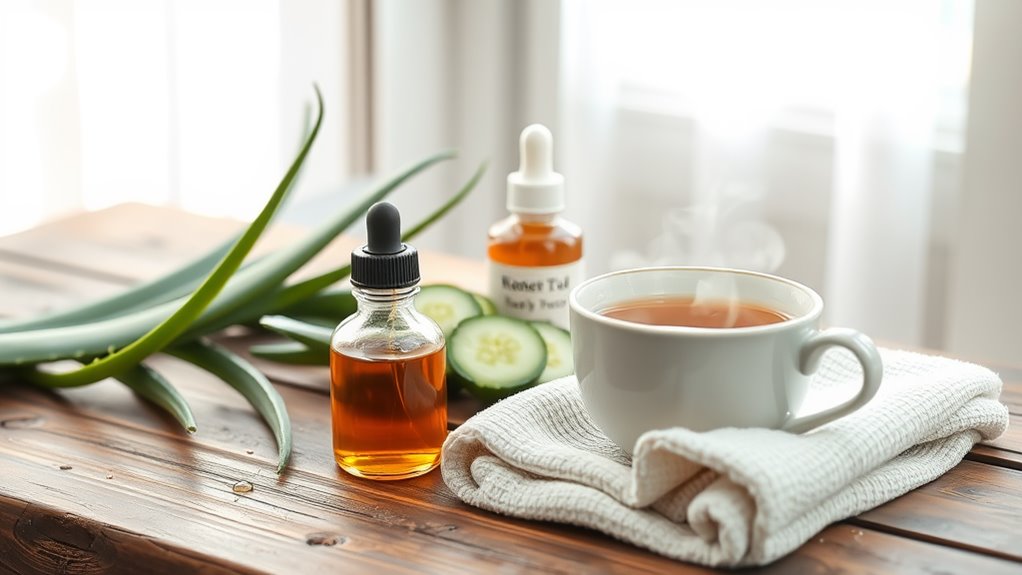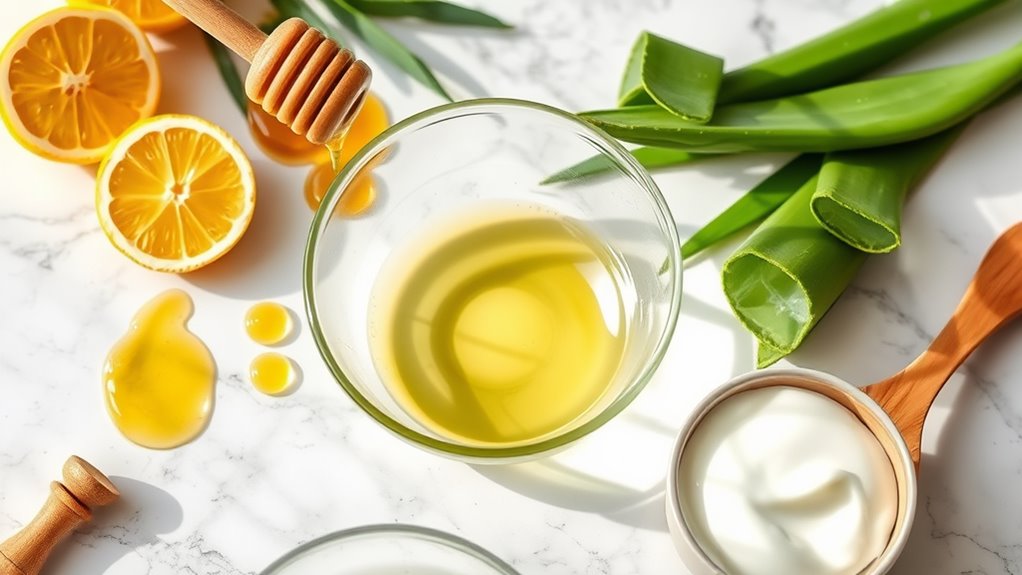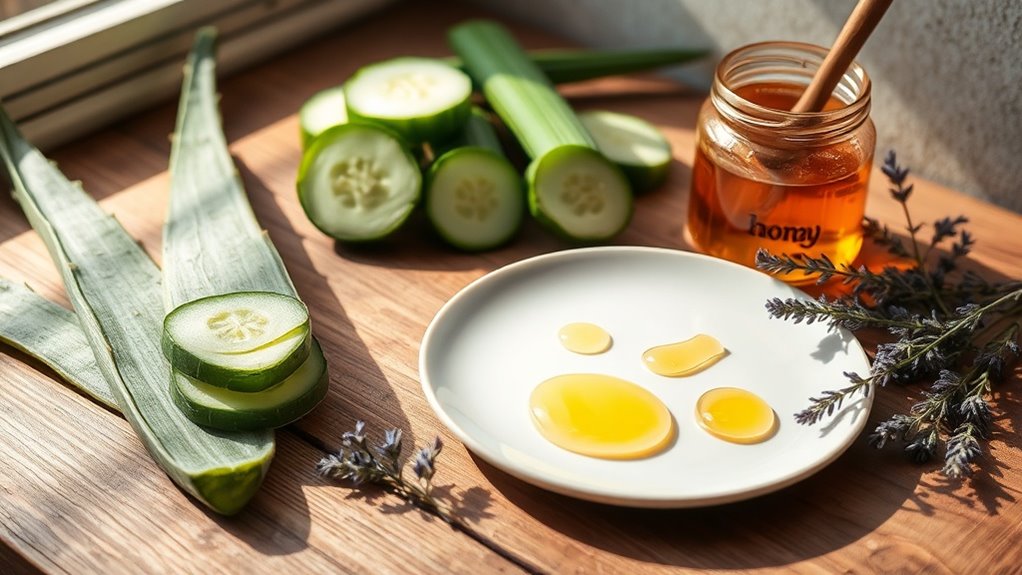Back Acne Remedy That Cleared My Skin in Days
My Struggle With Back Acne: a Personal Journey
Frustration marked my initial battle with back acne during my teenage years.
Daily showers and over-the-counter treatments yielded minimal results, while my confidence plummeted. I tried numerous back acne remedies, from benzoyl peroxide to salicylic acid cleansers, yet the breakouts persisted.
The turning point came after consulting a dermatologist who identified the root cause: a combination of hormonal changes and trapped bacteria in sweat-soaked clothing. Understanding these factors helped me develop an effective treatment strategy.
Through targeted medication and lifestyle modifications, I finally gained control over my back acne, restoring both my skin’s health and self-esteem.
Understanding the Root Causes of Back Acne
Understanding your back acne begins with recognizing how hormonal fluctuations trigger excessive sebum production in your skin’s oil glands.
These oils combine with dead skin cells and bacteria, particularly P. acnes, creating an environment where pores become clogged and inflamed.
You’ll notice this process occurs more frequently on your back due to the area’s higher concentration of oil glands and its susceptibility to sweat accumulation.
Hormones and Oil Production
When hormones fluctuate during puberty, menstruation, or stress, they trigger your sebaceous glands to produce excess sebum – an oily substance that can clog pores and lead to back acne.
Your body’s androgen hormones, particularly testosterone, play a crucial role in this process. They stimulate oil glands to enlarge and increase sebum production.
The combination of excess oil, dead skin cells, and bacteria creates an ideal environment for acne formation.
You’ll notice this overproduction of oil especially in areas with a high concentration of sebaceous glands, like your back, where pores can become easily blocked.
Bacteria and Clogged Pores
The accumulation of P. acnes bacteria within clogged pores triggers an inflammatory response that leads to back acne lesions.
These bacteria thrive in the oxygen-deprived environment created when excess sebum and dead skin cells block your follicles.
Once trapped, P. acnes multiply rapidly, feeding on the sebum and cellular debris.
Your immune system responds by sending white blood cells to fight the bacterial overgrowth, resulting in inflammation. This process causes redness, swelling, and the formation of pustules or cysts on your back.
The combination of bacteria, clogged pores, and inflammation creates a cycle that’s difficult to break without targeted intervention.
The Natural Remedy That Changed Everything
After finding limited success with conventional treatments, you’ll discover three powerful natural remedies that can effectively combat back acne. Tea tree oil’s antimicrobial properties, combined with apple cider vinegar’s pH-balancing effects, create a potent combination for addressing bacterial overgrowth on your skin. You can enhance these treatments with a natural clay mask that draws out impurities and excess oil while delivering essential minerals to your skin’s surface. Additionally, incorporating coconut oil’s antimicrobial properties can further support your skin health and help reduce acne flare-ups.
Tea Tree Oil Benefits
Indigenous Australian healers have used tea tree oil for centuries, and modern research confirms its powerful antimicrobial properties for treating back acne.
This natural compound penetrates deep into your skin’s pores, killing acne-causing bacteria while reducing inflammation and redness. You’ll find tea tree oil particularly effective for back acne due to its ability to cut through oil and sweat that commonly accumulate in this area.
Studies show that 5% tea tree oil solutions can reduce acne lesions by up to 50%. The oil’s antifungal properties also help prevent folliculitis, a common condition that mimics back acne.
Apple Cider Vinegar Solution
While tea tree oil offers powerful antibacterial benefits, apple cider vinegar provides a complementary approach through pH balance optimization. This natural remedy contains acetic acid, which helps restore your skin’s protective barrier while eliminating acne-causing bacteria.
| Application Method | Benefits |
|---|---|
| Direct spot treatment | Reduces inflammation |
| Diluted toner | Balances skin pH |
| Bath soak | Treats large areas |
Mix one part apple cider vinegar with three parts water for optimal results. Apply this solution to affected areas using a cotton ball twice daily. You’ll notice reduced redness and inflammation within 48-72 hours of consistent use.
Natural Clay Mask Recipe
Bentonite clay has emerged as a revolutionary treatment for back acne due to its powerful absorption properties and mineral-rich composition.
Mix 2 tablespoons of bentonite clay with 1 tablespoon of raw apple cider vinegar and 1 teaspoon of tea tree oil until you’ve created a smooth paste.
Apply the mixture evenly across affected areas of your back using a soft brush or spatula. Let it dry for 15-20 minutes – you’ll feel a slight tightening sensation. Rinse thoroughly with lukewarm water.
Use this mask twice weekly for optimal results. The clay draws out impurities while the antimicrobial properties of tea tree oil combat acne-causing bacteria.
Step-by-Step Treatment Guide
Following these three essential steps will help you effectively treat back acne (bacne) and prevent future breakouts. The treatment protocol requires consistency and proper technique to achieve optimal results.
Clinical studies support this systematic approach for managing inflammatory acne lesions on the back.
- Cleanse affected areas twice daily using a salicylic acid-based body wash
- Apply benzoyl peroxide treatment (2.5-5%) to dry skin, allowing 5 minutes for absorption
- Use non-comedogenic moisturizer to prevent overdrying
- Change sheets weekly and wear clean, loose-fitting clothes
Implement this regimen for 4-6 weeks to see significant improvement. Consult a dermatologist if symptoms persist or worsen.
Essential Lifestyle Changes for Clear Skin
In addition to proper treatment protocols, specific lifestyle modifications play a key role in managing back acne. You’ll need to implement these changes consistently to maintain clear skin.
| Change | Impact |
|---|---|
| Shower after exercise | Removes sweat and bacteria |
| Wear loose cotton clothing | Reduces friction and moisture |
| Change sheets weekly | Eliminates accumulated bacteria |
It’s crucial to maintain these habits alongside your treatment regimen. Research shows that combining proper hygiene practices with medical interventions can increase treatment efficacy by up to 60%. Remember to track your skin’s response to these modifications and adjust accordingly. Additionally, natural exfoliants like baking soda can enhance your skincare routine by effectively removing dead skin cells and promoting clearer skin.
Product Recommendations and Must-Have Items
When treating back acne effectively, you’ll need specific products and tools that target this condition’s unique challenges.
The right combination of medicated cleansers, exfoliants, and topical treatments can significantly accelerate your healing process.
- Benzoyl peroxide body wash (5-10%) for daily cleansing and bacteria reduction
- Long-handled silicone back scrubber to reach difficult areas effectively
- Oil-free body lotion with salicylic acid to prevent clogged pores
- Zinc-infused antimicrobial fabric for workout clothes and bedding
These evidence-based products work synergistically to address inflammation, excessive oil production, and bacterial growth while maintaining skin barrier function.
Maintaining Results: Daily Skincare Routine
Once you’ve established an effective back acne treatment plan, maintaining clear skin requires a consistent daily routine that addresses both prevention and maintenance. Follow these proven steps to protect your results and prevent recurring breakouts.
| Time of Day | Action Required |
|---|---|
| Morning | Shower after workouts |
| Mid-Morning | Apply non-comedogenic sunscreen |
| Afternoon | Change sweaty clothes |
| Evening | Use medicated body wash |
| Before Bed | Apply prescribed topicals |
Remember to launder your sheets weekly, avoid tight-fitting synthetic fabrics, and maintain proper hydration levels. If you notice any new breakouts, don’t wait—address them immediately with your spot treatment protocol.
Common Mistakes to Avoid During Treatment
While following a proper skincare routine can help clear back acne, many patients unknowingly make treatment mistakes that hinder their progress.
Understanding these common pitfalls can significantly improve your treatment outcomes and accelerate healing.
-
Using harsh exfoliants or scrubbing aggressively, which can irritate skin and worsen inflammation
-
Wearing tight, non-breathable clothing that traps sweat and bacteria against your skin
-
Applying spot treatments without cleansing the area first, reducing their effectiveness
-
Switching treatments too frequently without allowing sufficient time for results (4-6 weeks minimum)
These mistakes can disrupt your skin’s healing process and compromise treatment efficacy.
Before and After: Tracking My Progress
As you begin your back acne treatment journey, documenting your skin’s changes through photos and written observations provides valuable data to assess treatment effectiveness.
Take weekly photos in consistent lighting and angles, focusing on key affected areas. Note specific changes in inflammation, lesion size, and healing progress.
Track additional factors that may influence results, including treatment adherence, dietary modifications, and lifestyle changes.
Record any side effects or skin reactions. This systematic documentation helps identify patterns, adjust treatment protocols if needed, and maintain motivation by visualizing improvements.
Consider using a dedicated app or journal to organize your progress data.
